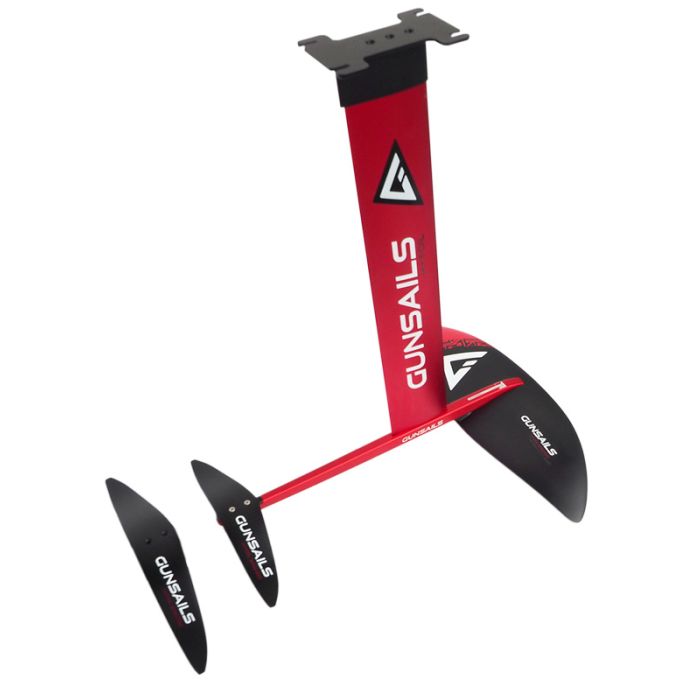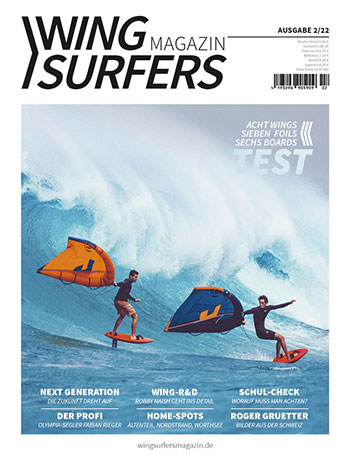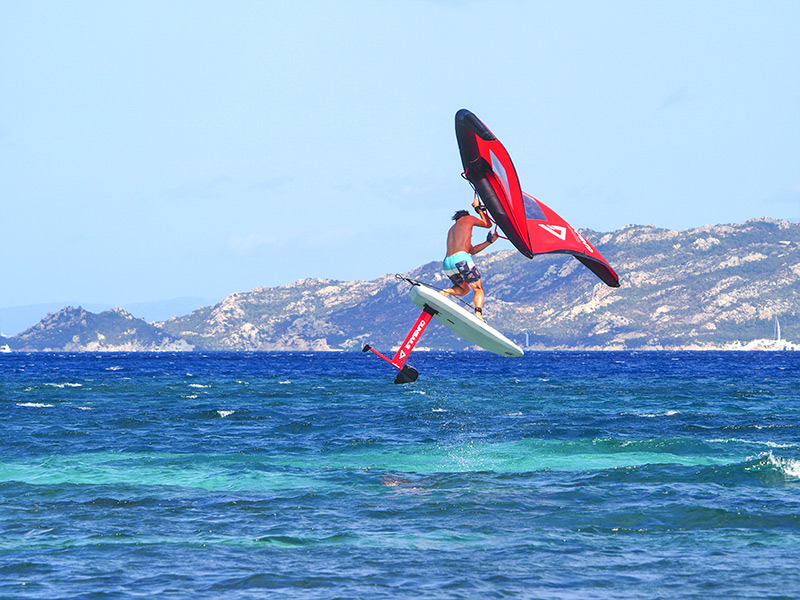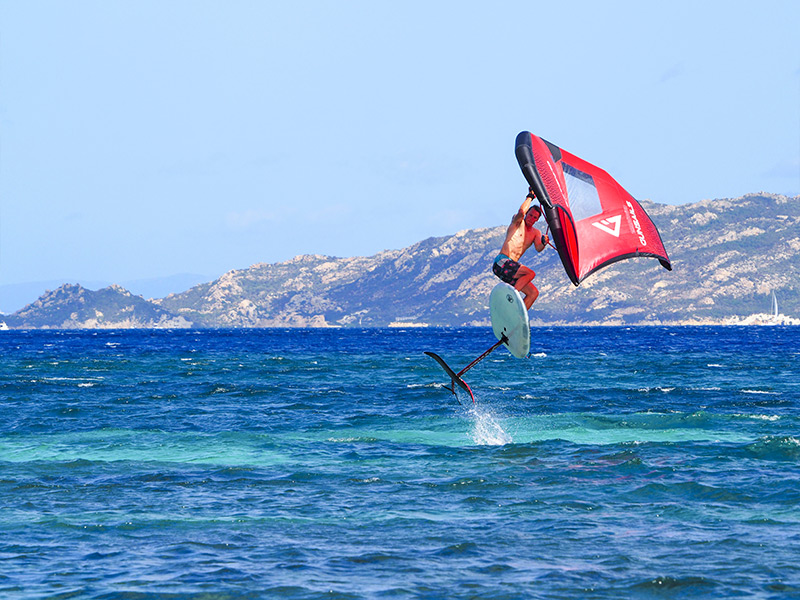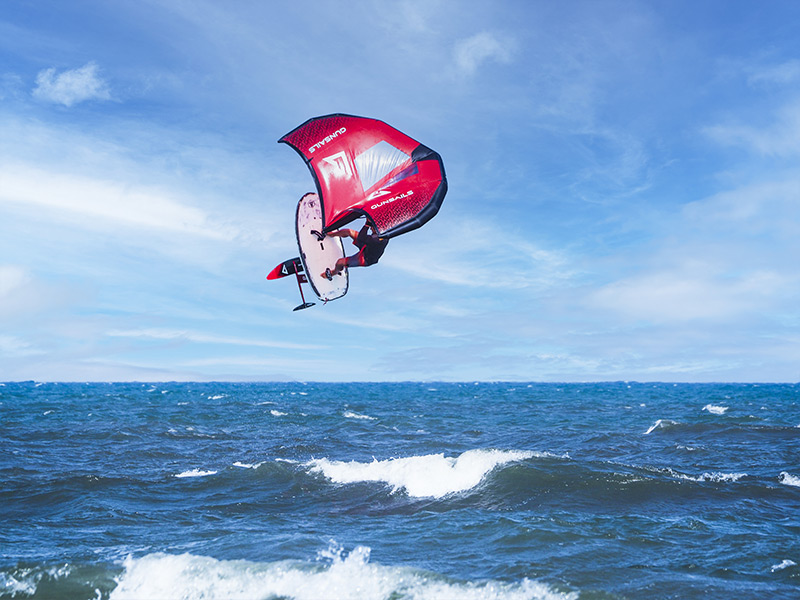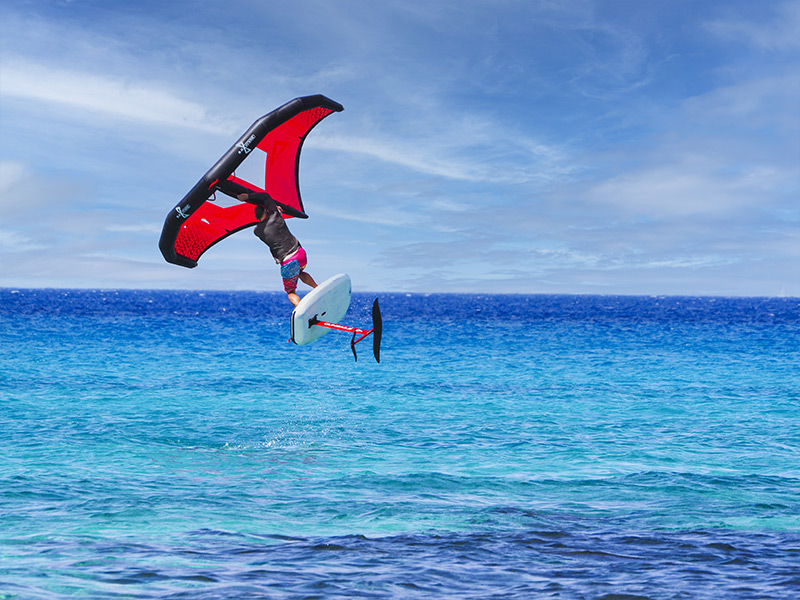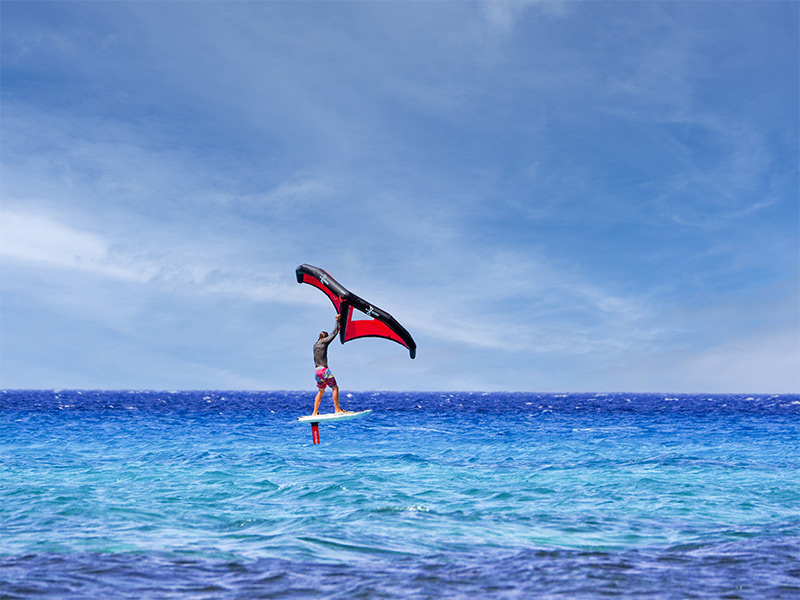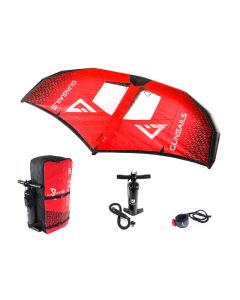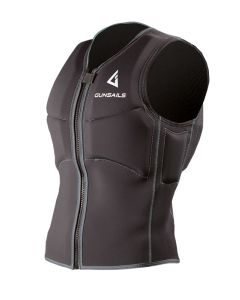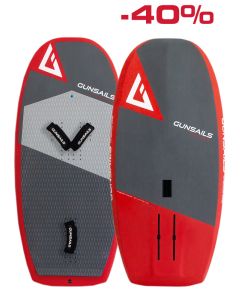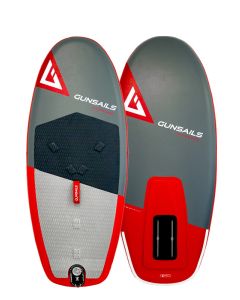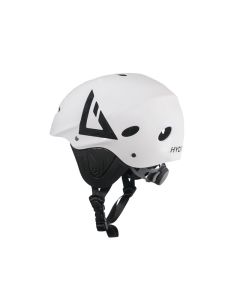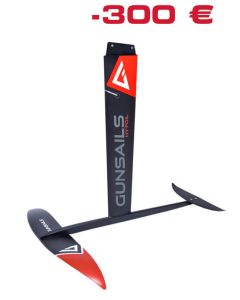HY-FOIL WING BACK WING
Back wings or stabilizers are an important component for foils as they provide stability and control. They are designed to increase lift on the back underside of the foil while reducing drag. This stabilizes the foil and reduces the tendency to roll over.
Without stabilizers, the foil would become unstable at high speeds or during sudden movements and it would be more difficult to maintain control.
There are different types of stabilizers to suit different foils and conditions. Our selection is optimized for use with our HY-Wing foils. Our Foils are pre-configured and we recommend using the larger Back Wing for both the large Front Wing 2000 and 1600 and vice versa.
Of course, you can upgrade your foil set with another, additional back wing.
The Carbon Backwings are delivered with a protective cover.
TECH SPECS
Size 220: surface 220 cm², span 396 mm, weight 0,16 kg
Size 282: surface 282 cm², span 492 mm, weight 0,19 kg


